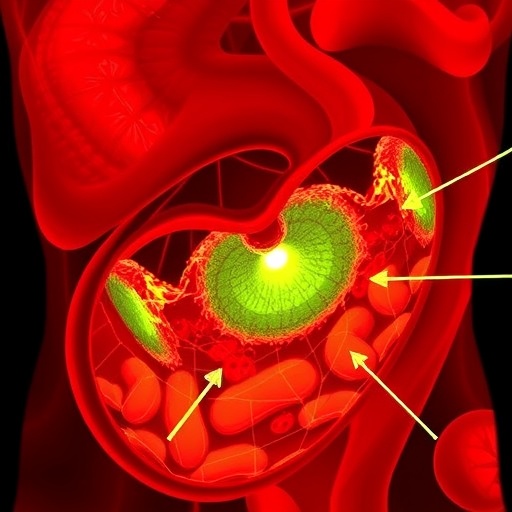For men, prolonged exposure to work-related stress has been linked to an increased likelihood of lung, colon, rectal, and stomach cancer and non-Hodgkin lymphoma. The findings are among the results obtained by researchers at INRS and Université de Montréal who conducted the first study to assess the link between cancer and work-related stress perceived by men throughout their working life. The research results were recently published in Preventive Medicine.
On average, the study participants had held four jobs, with some holding up to a dozen or more during their working lifetime. Significant links to five of the eleven cancers considered in the study were revealed. These links were observed in men who had been exposed to 15 to 30 years of work-related stress, and in some cases, more than 30 years. A link between work-related stress and cancer was not found in participants who had held stressful jobs for less than 15 years.
The most stressful jobs included firefighter, industrial engineer, aerospace engineer, mechanic foreman, and vehicle and railway-equipment repair worker. For the same individual, stress varied depending on the job held. Researchers were able to document changes in perceived work-related stress.
The study also shows that perceived stress is not limited to high work load and time constraints. Customer service, sales commissions, responsibilities, the participant's anxious temperament, job insecurity, financial problems, challenging or dangerous work conditions, employee supervision, interpersonal conflict, and a difficult commute were all sources of stress listed by the participants.
"One of the biggest flaws in previous cancer studies is that none of them assessed work-related stress over a full working lifetime, making it impossible to determine how the duration of exposure to work-related stress affects cancer development. Our study shows the importance of measuring stress at different points in an individual's working life," explain the authors of the study.
The results obtained raise the question of whether chronic psychological stress should be viewed as a public health issue. But these results are as yet unsubstantiated because they are based on a summary assessment of work-related stress for a given job. There is now a need for epidemiological studies based on reliable stress measurements, repeated over time and that take all sources of stress into account.
###
About this publication
Published in Preventive Medicine, the article "Lifetime report of perceived stress at work and cancer among men: A case-control study in Montreal, Canada" presents the results of research carried out by Audrey Blanc-Lapierre, Marie-Claude Rousseau, Deborah Weiss, Mariam El-Zein, and Marie-Élise Parent, all from Centre INRS-Institut Armand-Frappier, in partnership with Jack Siemiatycki from Université de Montréal. The study received financial support from Heath Canada, the National Cancer Institute of Canada, Quebec's Institut de recherche Robert-Sauvé en santé et sécurité au travail, and Fonds de recherche du Québec – Santé.
Media Contact
Gisèle Bolduc
[email protected]
418-654-2501
@U_INRS
############
Story Source: Materials provided by Scienmag




